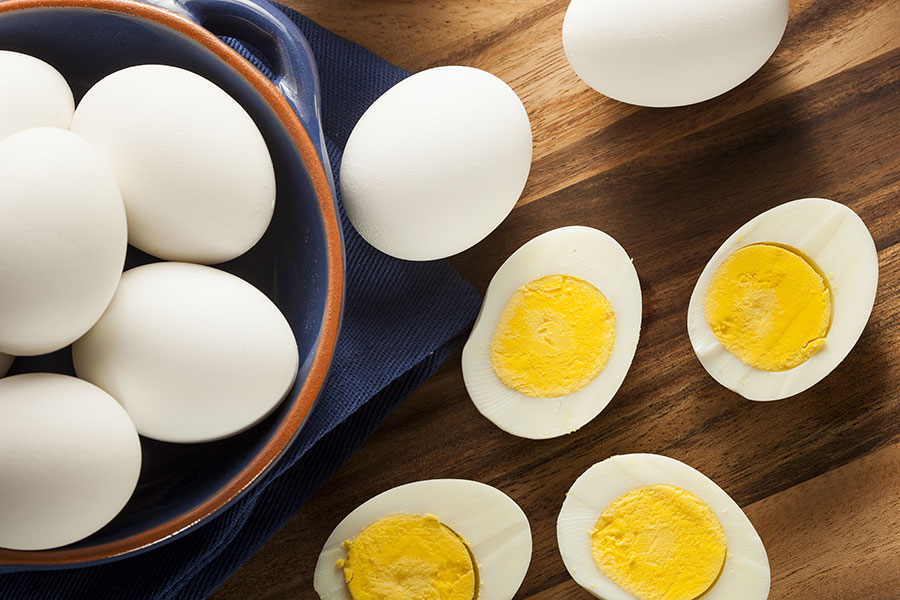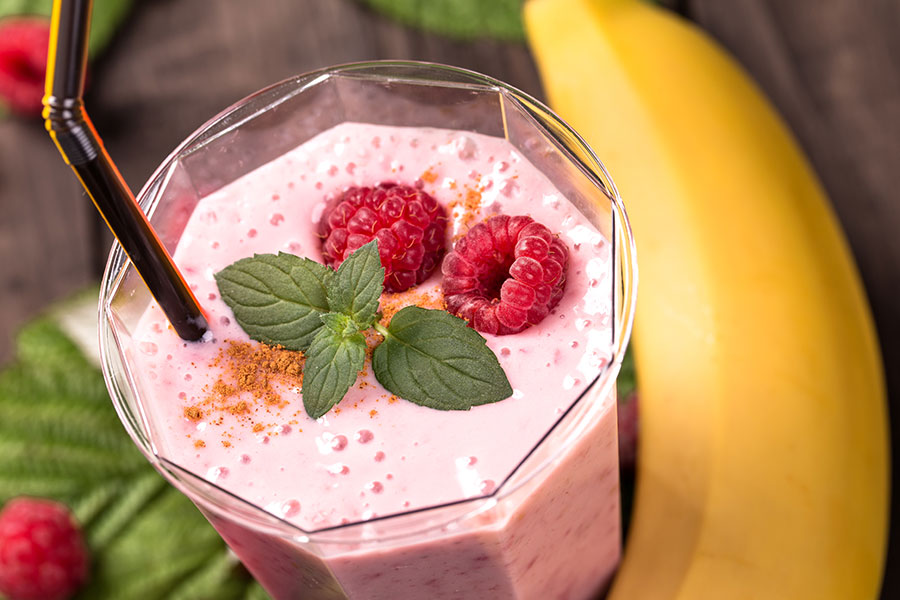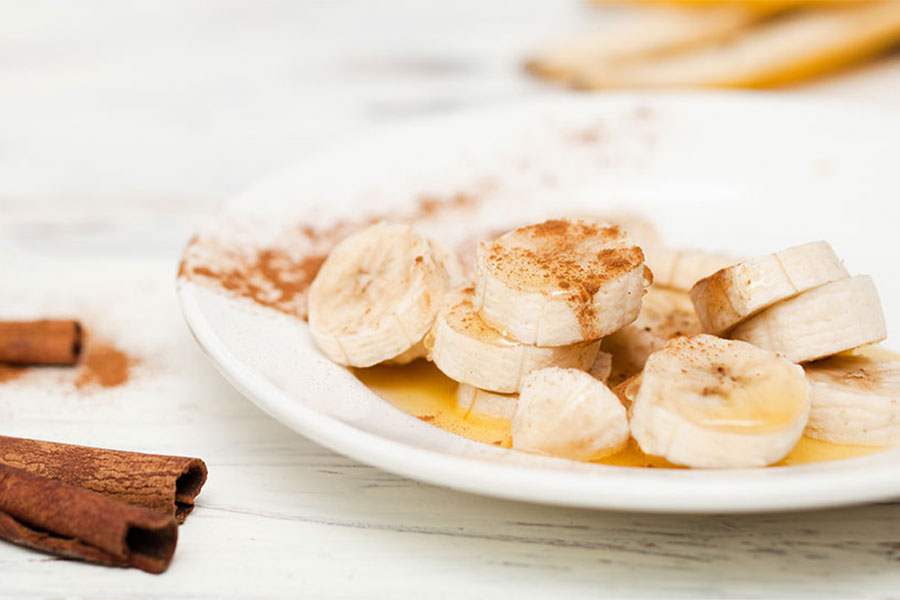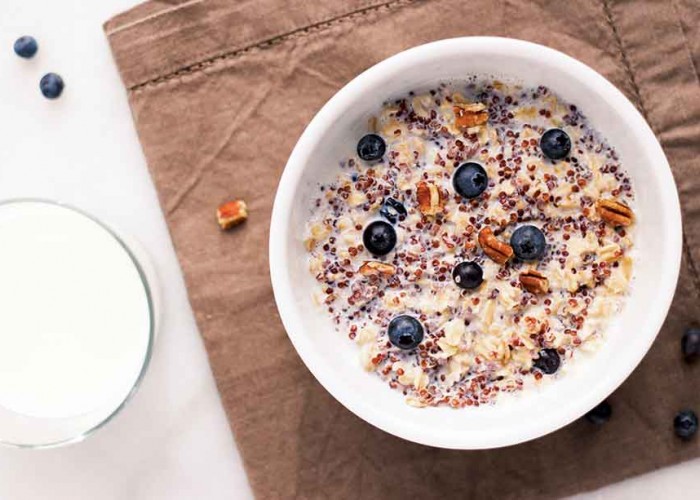Undeniable Truths of Heart Health
Diet and exercise remain keys to keeping your ticker in top form
By Debra Gibson Isaacs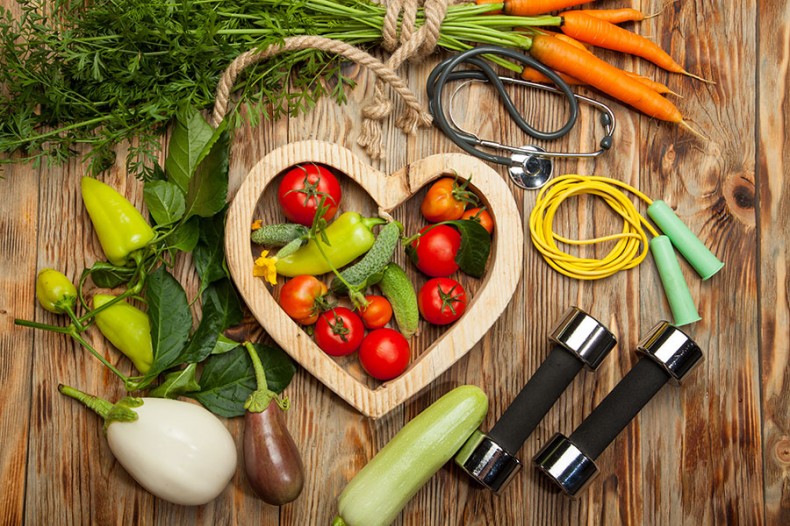
Although most of us wish it weren’t true — and wish there were a magic pill to keep our hearts healthy — exercise and diet remain the undeniable keys to a healthy heart. We know that, but maybe we’re too busy for one more thing, can’t afford a gym membership, are too tired after work, want to spend what little time we have with our children … the list of excuses goes on.
Taking steps to improve heart health can be just that — steps. Try making subtle changes to slowly work toward a heart-healthy lifestyle. Chapel Hill native Sonya Angelone, a registered dietitian nutritionist and national spokesperson for the Academy of Nutrition and Dietetics (eatright.org), has suggestions to make incremental improvements in both diet and exercise.
Sneak more nutrition into your diet
Confusion abounds about nutrition. Eggs are packed with protein, yet egg yolks have cholesterol. Butter is better than margarine — or is it that margarine is better than butter?
Sometimes it is hard to keep up with the latest science, sometimes the science changes, and sometimes we just can’t remember what the science says.
Angelone spends her days counseling people about nutrition. Before she reveals the answers to some of the biggest nutritional conundrums, she says there is one important point to remember about nutrition: There is no one-size-fits all. Each of us is different and can process food differently. Age and activity level make a difference. Medical conditions also can alter nutritional recommendations.
Now, drumroll please, here are Angelone’s answers to two of the most common and perplexing questions about nutrition:
Eggs
“Although the newest dietary guidelines remove the limit of eggs and dietary cholesterol, they still recommend avoiding excess. Eggs are a nutritious food, but whether they are good or bad depends on the person. Genes help determine how someone metabolizes nutrients, including cholesterol. Some people absorb excess dietary cholesterol and should limit eggs (one of the richest source in our diets). But, most people can consume eggs regularly. They just need to be sure they aren’t cooked in excess oil and aren’t paired with bacon, hash browns, white toast and butter!
“Also, the recommendations are different for a healthy person wanting to eat a healthy diet versus someone with heart disease who is trying to reverse their disease. For the latter, I limit dietary cholesterol, including eggs. The American Heart Association (heart.org) is a good site for great information.”
Her stance on eggs: Neutral.
Suggestion: Ask your physician to run a cholesterol balance test. This will tell you whether your high cholesterol is because your liver makes too much cholesterol or because you absorb too much cholesterol.
Butter or margarine?
“I do not like margarine ever. It has trans fats. That simply means that something has been artificially added to make the margarine harden into a stick or tub. The producer transformed liquid oil into a solid fat by adding hydrogen atoms — thus the term hydrogenated. This process changes the fat into an unhealthy fat.
“Now there has been so much pressure from the government that producers are going back to using transformed fats. While they are not using palm oil, which is not healthy, coconut oil is not healthy either. The liver uses saturated fats to make cholesterol.
“Some people believe that coconut oil is not bad because of a study. There were two groups, one which substituted sugar for fat and another group which substituted coconut oil for fat. It wasn’t that the coconut oil was better. It was that the sugar is so bad.”
Her stance on butter/margarine: Butter is always the best choice.
Suggestion: Try nut butter instead.
Nuts for Nuts
Not only do nuts taste good, but most provide significant health benefits, according to Angelone (just limit consumption to 1 ounce of nuts a day; they’re high in calories). Each nut provides different nutritional benefits:
- Almonds have more calcium than any other nut, plus nearly 9 grams of heart-healthy monounsaturated fats, 6 grams of protein, and 3.5 grams of fiber per ounce.
- Walnuts are rich in polyunsaturated fats, particularly an omega-6 fatty acid called linoleic acid the most abundant one. They also contain a relatively high percentage of a healthy omega-3 fat called alpha-linolenic acid.
- Pistachios have high levels of vitamins, minerals and antioxidants. They are especially high in vitamin B6, thiamine, and copper.
- Brazil nuts (pictured above) are high in protein, fiber, selenium, thiamine, copper and magnesium. However, high levels of selenium can be toxic, so watch quantities. (A single Brazil nut can contain 68 to 91 micrograms of selenium; the daily upper limit for most adults is 400 mcg, according to the National Institutes of Health.)
- Pecans contain more than 19 vitamins and minerals, including vitamin A, vitamin E, folic acid, calcium, magnesium, phosphorus, potassium, several B vitamins and zinc. One ounce provides 10 percent of the recommended daily value for fiber.
- Macadamia nuts contain the most heart-healthy monounsaturated fat per serving.
- Cashews are very high in iron, zinc and magnesium.
Simple, Heart-Healthy Recipes
From nutritionist Sonya Angelone
Sneak more exercise into your day
“Incorporate subtle exercises into things you already do,” Angelone suggests. She rejects the notion that we have to have chunks of time or money to improve our heart health. (The only caveat is to make sure you have no limitations or injuries. If you do, check with your physician before trying any of these ideas.)
“For example, do a ‘wall chair’ when on the phone or while brushing your teeth,” she says, explaining that she finds time for such exercises when she can, including during the phone interview for this article. “I just put my back against the wall, my feet on the floor, and slide down the wall until you could set a book on my knees or a child could sit on my lap. This is engaging my quadriceps, lowering my blood sugar from just eating lunch, burning extra calories and strengthening my legs so I am less likely to fall.”
Angelone has more examples — all simple and cost-free or very low cost.
“Lunge down the hall,” she suggests. “It only takes a few lunges a day to make a difference. Or alternately stand on your tiptoes and flat on your feet. This strengthens your lower legs.”
Another idea is to hold both arms out to your side with a book in one arm. Your body will look like a “T.” Hold that position until your arms shake. Stop and repeat. How many can you do? It doesn’t matter, according to Angelone. The idea is to go from where you are to an ability to do more.
Here are another few examples:
- While sitting in a chair or watching television, contract your abdominal muscles 20 times.
- While sitting in a chair, lift your toes, put them back on the floor, and repeat. This strengthens your shins.
- While sitting at the table, pedal a foot cycle.
“The key is to avoid just being sedentary,” Angelone says. “If you have a sedentary job, get up every half hour. Do something. Go outside and walk around the building, go up and down a flight of steps. Engage your muscles.”
Learn the Lingo
The language surrounding heart health and the treatment of heart disease can be a lot to manage, but we're here to help with a glossary of terms. Read Learning the Language of the Heart.
About the Author
Debra Gibson Isaacs is a writer and photographer from Lexington, Kentucky, who writes for electric cooperatives.-
Healthy eating, healthy living!
-
Share this story:

